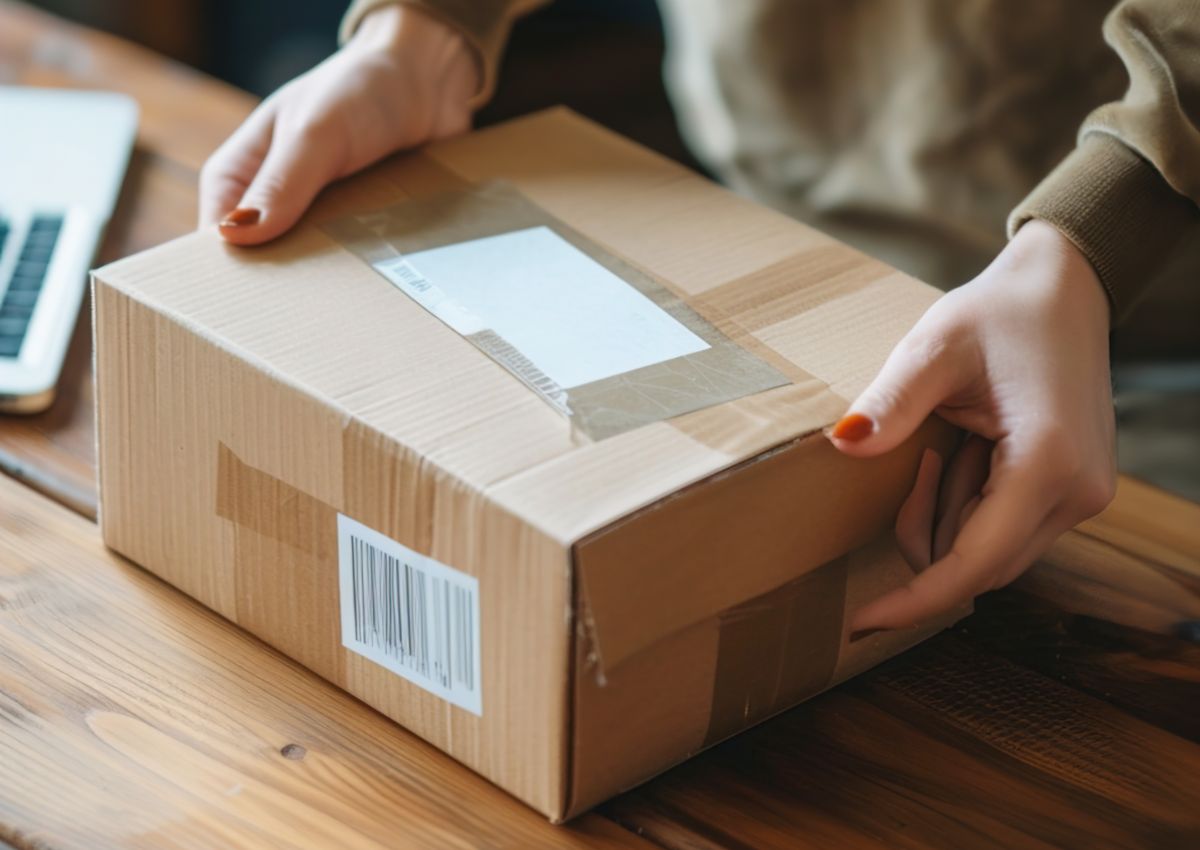Paul Skeldon takes a tour of innovations and mobile experiences around the world.
Mobile commerce is coming to dominate ecommerce around the world, driven by ever-increasing smartphone penetration. Even in the developing world, the feature phone – a sort of half-way house between smartphones and old style ‘dumb’ phones – is opening up the world of mobile commerce to vast swathes of people and changing how the world shops and interacts.
While much of how mobile is used in retail is dictated by cultural differences, there are some interesting trends in different regions and countries that all retailers can learn from. In others areas there are just some interesting things to look at and marvel at how different people are in the way they do their shopping.
What is noticeable, looking at how mobile is being used globally, is how, in most cases today, it involves incremental and often experimental changes with using technology to try and adapt mobile to the cultural norms or to fill a cultural gap.
This means that we are seeing the rise of mobile globally to connect the ‘high street’ and the online world using everything from QR codes to beacons. This is something that is happening across the developed world and Europe in particular. Elsewhere, how mobile is used for payments is also garnering great interest around the world, however there is a war brewing between contactless cards and mobile as to who is the most convenient.
So, what is happening around the world?
China
China is becoming the new mobile retail battleground. With 225 million middle class shoppers, it is an ecommerce hot bed. Interestingly, mobile is coming to the fore as it is expediting retail tasks that, done the old way, take hours.
According to Richard Windsor, analyst at Edison Investment Research, the offline experience to do almost anything in China is dire when compared to the US or Europe which has meant that even QR codes offer a huge improvement in the user experience. For example, when using WeChat Pay, the time required to buy a train ticket can be reduced to 5 minutes from 45 and wait time at a hospital can be reduced to 20 minutes from 2 or more hours.”
What is interesting about China is that it clearly demonstrates to the rest of the developed world the problem with mobile payments. “Plastic cards have very high penetration and almost everyone accepts them. At the same time, payments using a mobile phone don’t particularly improve the user experience for the consumer which is what we think has led to the ambivalence,” he says.
Windsor concludes: “The net result is that to win the kind of adoption that China has, mobile-based payments need to offer the user a compelling reason to use them. Failure to do this could see adoption and usage decline to a niche of power users with the vast majority of users sticking with plastic cards which, by all accounts, are plenty good enough.”
Mobile in China is also driving an expansion of western brands into the region. The likes of JD Sports designer label outlet GetTheLabel is replatforming with ecommerce platform company Azoya to cater to an ever more mobile Chinese consumer base. Aside from sizing and local languages, mobile payment mechanisms are helping drive the attraction of ecommerce.
“Mobile shopping is extremely popular in China,” explains Don Zhao, co-founder of Azoya. “It’s a mobile-led country and consumers here prefer to shop via mobile phones more than desktop computers. WeChat, in this case, provides the best platform to cover daily messaging to online shopping. This is also the reason why many big retailers and brands such as Dior, Cartier and Montblanc have decided to join the WeChat store. Therefore, linking between GetTheLabel’s WeChat store and Chinese site homepage is significant.”
USA
America has, to some extent, lead the mobile retail revolution and, while Brits have led the way in volume of m-retail sales, the US has often led the way in terms of technical innovation uptake.
What is currently sweeping the m-retail board in the US in 2017 are chat bots. Unlike what sci-fi films of the past may have lead you to believe, artificial intelligence (AI) isn’t going to start with intelligent robots that grapple with human issues, but more software that can help answer questions and automate customer interactions. Where this is really taking off is on Facebook messenger, where Mastercard is working to automate interaction and payments in the retail process.
At this year’s Facebook Developer Conference, Mastercard announced Masterpass-enabled bots to drive more seamless shopping on Facebook Messenger with FreshDirect, Subway and The Cheesecake Factory. The bots are designed to make conversational commerce more frictionless, while delivering a more personalised experience and allowing consumers to engage with brands in new places where they are already spending their time. These include messaging apps, where platforms like Facebook Messenger currently represent many of the top 10 global apps used by billions of people worldwide. The bots will also support all Masterpass-enabled wallets from banks including Citi and Capital One.
“The Mastercard vision is to support all forms of commerce – addressing the full range of merchant experiences and consumer needs, and ensuring that every one of our accounts is as digital as the people using them. Masterpass-enabled bots on Messenger offer both merchants and consumers innovative, compelling and secure digital payments on an extremely popular and active platform,” says Garry Lyons, Chief Innovation Officer, Mastercard.
“Our bot for Messenger, deployed in more than 26,500 US Subway restaurants, is the largest deployment of a Messenger bot in the restaurant industry. We’re proud to offer our guests an innovative new way to order and pay outside the restaurants,” adds Carman Wenkoff, Subway’s Chief Information and Digital Officer. “This is a new initiative in the quest to enhance the guest experience.”
Japan
While the Amazon Go Store in the US has generated many headlines for how it uses mobile to ‘check in’ customers who can then take things off the shelves and be billed to their phone when they leave, the Lawson Panasonic-Mae store in Tokyo has instigated its own shopping revolution.
It is trialling technology called Reji Robo (short for ‘register robots’), where the goods in the store are all embedded with tiny RFID radio chips so that the shopper just puts things in their basket and at checkout, the bottom drops out of the basket, the goods drop into a carrier bag in the Reji Robo, which calculates the shoppers bill. The user then pays and leaves.
While not mobile in the sense of it using the phone – although the basket can be linked to a smartphone to give you a running total of what you put in your basket – it uses RFID, which is a mobile tech, to revolutionise shopping. It may also be a more simple way of handling queue-free shopping than the complex array of technologies needed to run Amazon Go’s prototype store.
Either way, it is yielding results. Saki Kitamoto, the store manager at the Lawson Panasonic-Mae store, told Japan’s Nikkei newspaper that since the introduction of the Reji Robo they have seen an increase in customers: “By the second week, customers who have become used to the system choose to use the Reji Robo on their own because manned registers are crowded. Since the adoption of the system, customers of many generations have come to the store and it appears that there is an increase in seniors and the elderly, a group that did not come often before. Now, many customers still line up for the manned registers, but if we can replace the registers with the Reji Robo then our staff can focus on other operations in the store and increase the service to our customers.”
While mobile is starting to take the majority of ecommerce traffic worldwide, most retailers now get the basics. What is interesting is how mobile is being used at the bleeding edge: to refine and improve existing retail experiences. Making mass chat more personal, making paying for things more simple and making checkout more efficient are key ways that mobile can make shopping a more pleasant experience. This, perhaps, is what mobile retailing really means: simplicity and smoothness. After all, in life it’s the little things that often make the biggest difference.




